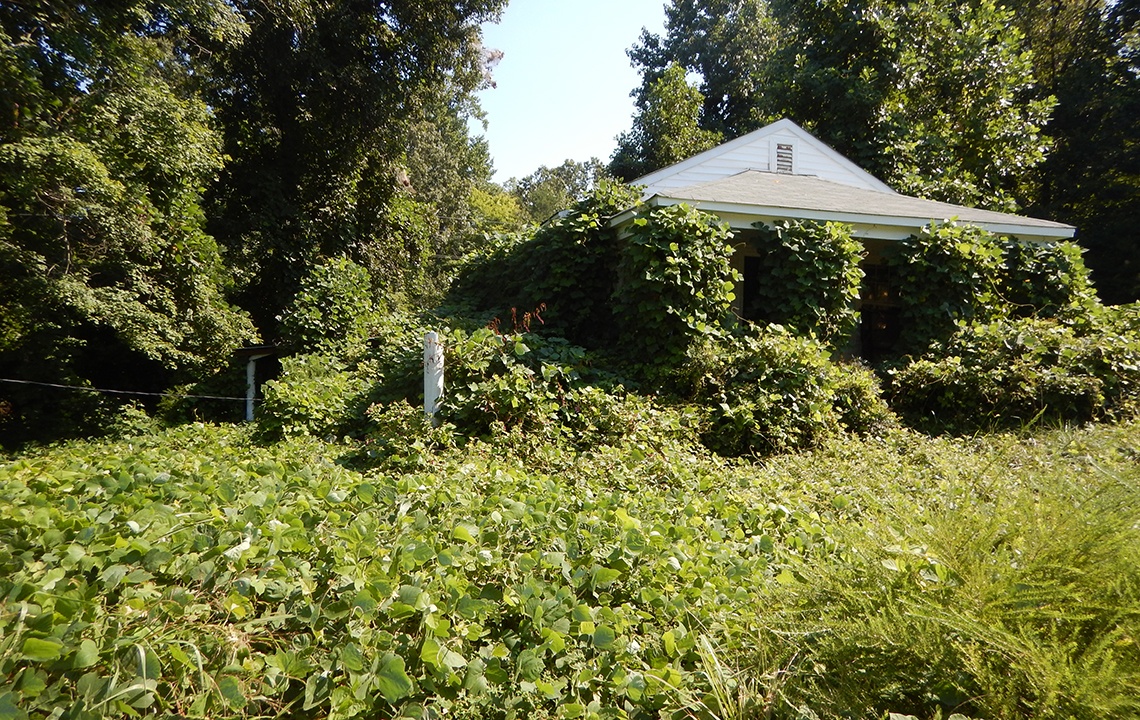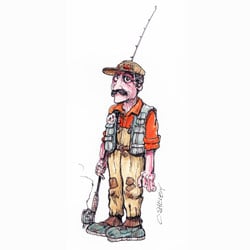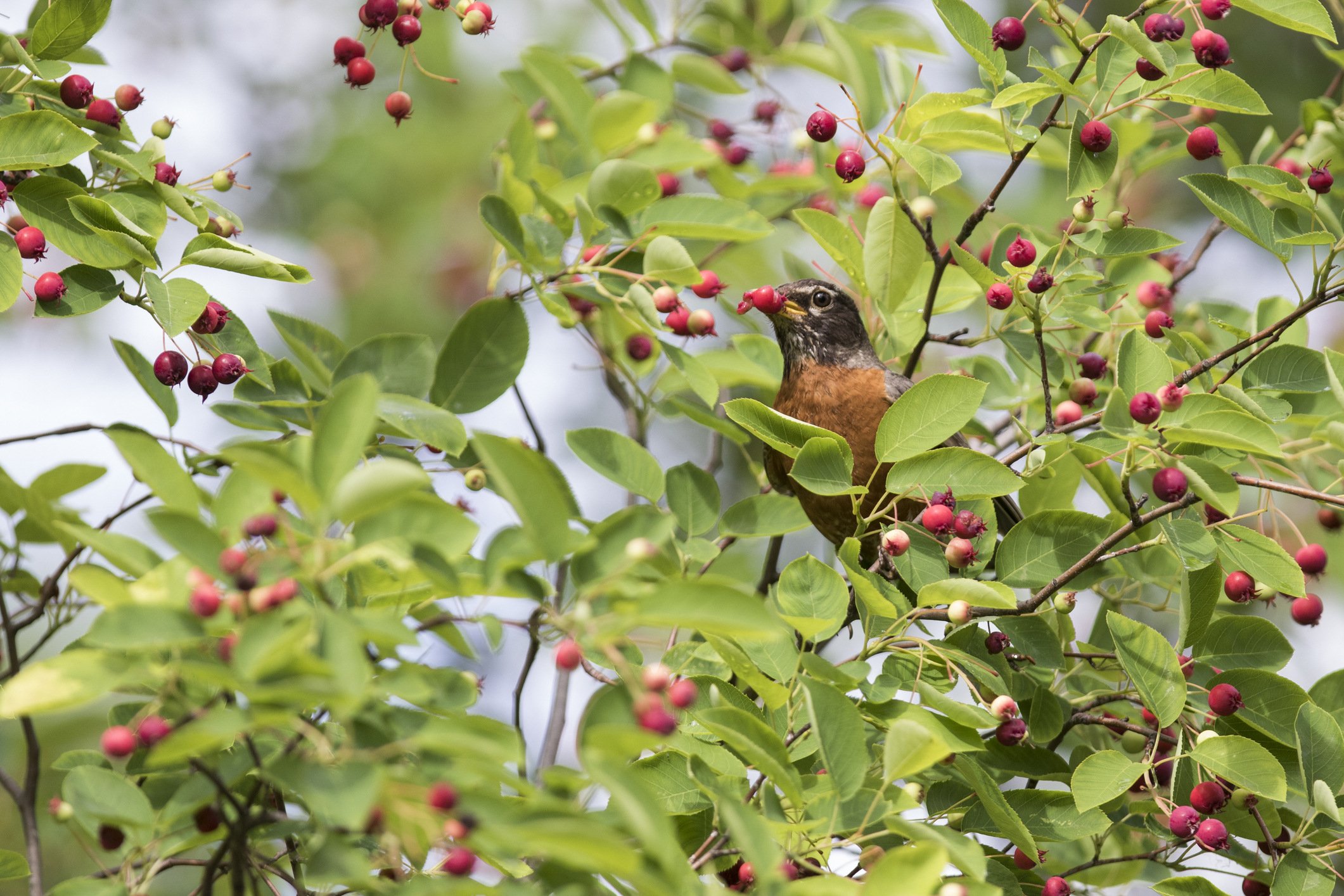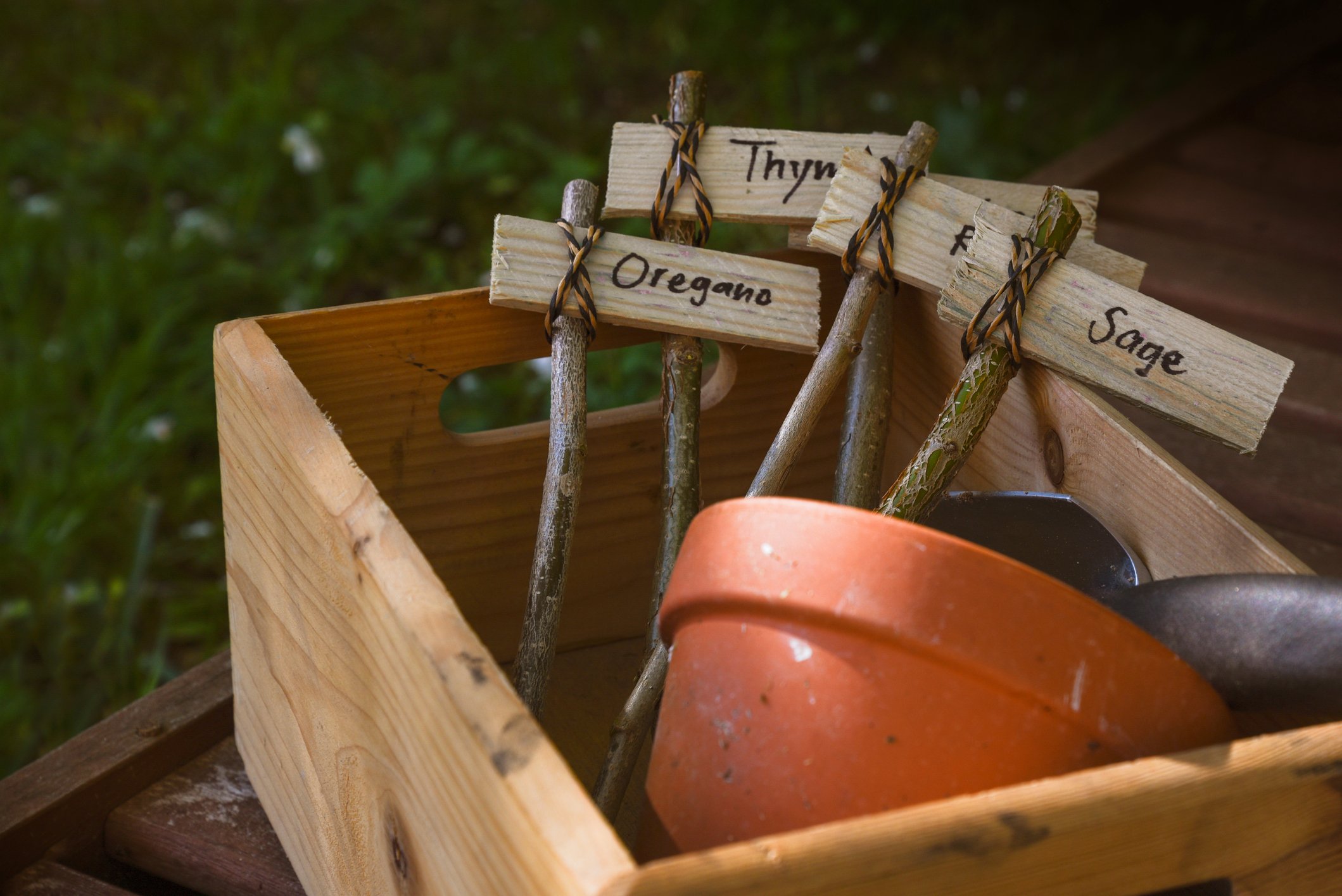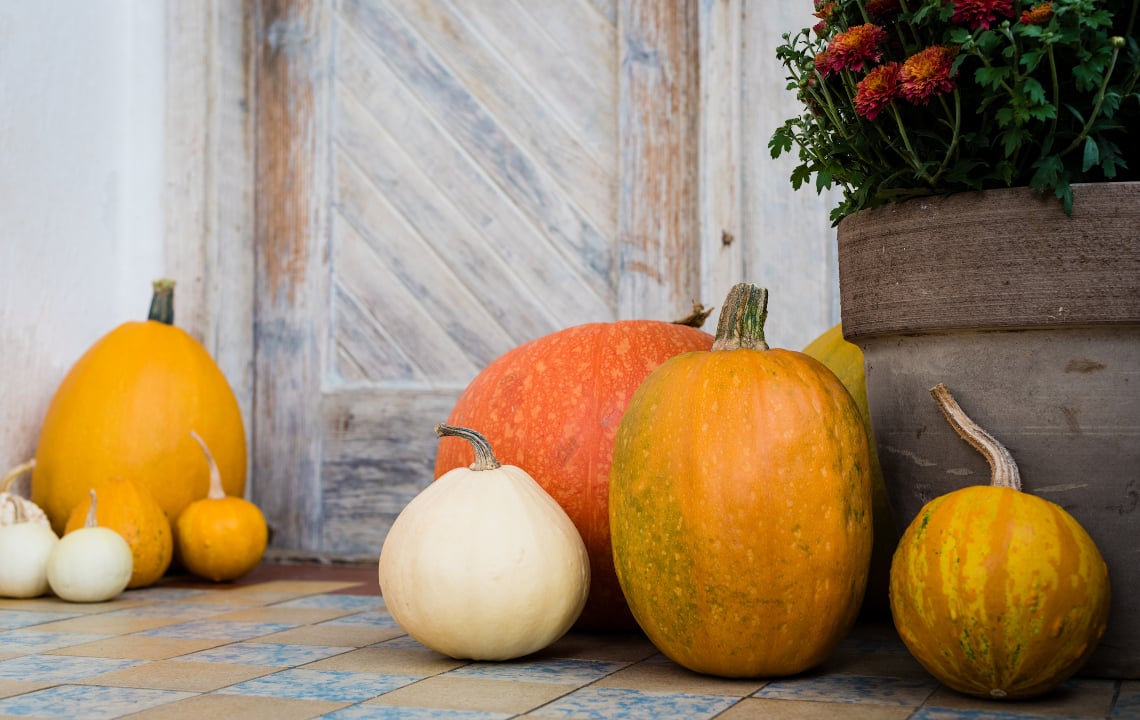Award-winning humor writer Jim Mize shares the facts about kudzu -- as well as a few theories of his own.
Radio stations don’t carry kudzu reports for two simple reasons. First, the rate of spread would scare small children into a lifetime fear of houseplants. Second, announcers would have to update their reports on the hour. Kudzu grows so fast that many people believe that if you stand very still, you can see it happen. Most of these people are now missing.
Botanists note that one kudzu vine in a single season can grow one hundred feet. The only problem is that there’s no such thing as one kudzu vine.
With kudzu taking over much of the South and making plans to ambush your yard, you might wonder where it came from: it’s all the way here from JAPAN! Kudzu was first brought to the United States from the Orient in 1876. In fact, the word kudzu is thought to translate from Japanese, “the joke’s on you.” Unfortunately, in 1876, few Americans spoke Japanese.
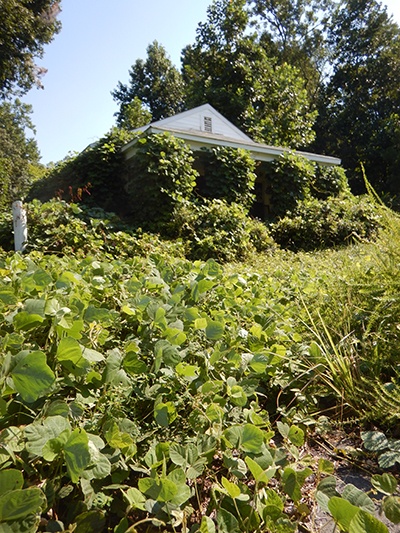 During the early years after its introduction, kudzu was viewed as a miracle plant, gaining fame and support. To give you an example, in the late 1930s and 1940s, the federal government was recommending planting kudzu, in some cases subsidizing the cost by as much as $8 per acre. The Civilian Conservation Corps even helped plant it. Their goal was to turn the dust bowl into a salad bowl.
During the early years after its introduction, kudzu was viewed as a miracle plant, gaining fame and support. To give you an example, in the late 1930s and 1940s, the federal government was recommending planting kudzu, in some cases subsidizing the cost by as much as $8 per acre. The Civilian Conservation Corps even helped plant it. Their goal was to turn the dust bowl into a salad bowl.
At this time, people even sold kudzu by mail order. Most of them have now been paroled.
Before you get the impression that kudzu is a worthless menace, however, let me point out its multiple uses:
For starters, you can eat it. Just don’t close your eyes when you bow for grace, or it might eat you first.
Kudzu powder, made from dried and ground kudzu roots, can be used to thicken soup or coat foods for deep-frying. It is especially useful when company drops in unexpectedly and you have extra mouths to feed. Just let it simmer a bit longer to stretch the meal. Plan on about thirty minutes per extra hundred people.
Scientists recently began genetics research on kudzu to improve its food value. One has crossed it with tomatoes. Not only is the resulting hybrid prolific, but by the time the fruit’s ripe, it’s at your door.
The other potential uses for kudzu are numerous. It could be used for erosion control, livestock fodder, ornamental decorations, or hiding your neighbors’ house as a prank while they’re on vacation.
Farmers considering feeding it to livestock might want to know that the county extension recommends no more than ten cows per acre of kudzu. That’s about all the cattle it can eat.
In Japan, kudzu vines are even woven into fabric for clothes, giving new meaning to the term “Active Wear.”
Kudzu does have some unusual uses. For instance, its fibers have been used to stuff cushions, beds, and chairs. Home mattress kits can be mailed in an eight-by-ten-inch Spandex envelope. By the time it arrives, it’s a king-size Posturepedic.
Quail hunters also figure out quickly that not only is a kudzu field a good place to hunt birds, but later in the day, it’s also a good place to hunt your dog, particularly if he’s steady on point. Just watch for the kudzu lump that moves after you yell, “Hunt on!”
Kudzu, as all survivors know, can create some real problems. Telephone companies have trouble with the weight of kudzu pulling down poles. Electrical companies complain about it shorting out transformers. And rural road crews blame kudzu for the annual loss of at least three road scrapers.
Now that kudzu has been reclassified by many as an undesirable plant, much effort has gone into eliminating it. Scientists have learned numerous ways to get rid of kudzu, but the most effective is still to sell your property and move to Saskatoon.
One of the better methods of eradicating kudzu is to stock the field with pigs. Not only do they dig up the roots, but they also will make every effort to consume the vines. Of course, should your kudzu have already reached the telephone line, you will either need to train your pigs on high wires or put up signs warning, “Watch For Falling Pigs.”
You can see that kudzu is nothing to sneeze at. But if you do, don’t forget to say, “Kudzundheit.”
Kudzundheit is an excerpt from The Winter of Our Discount Tent by Jim Mize


